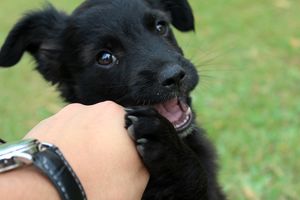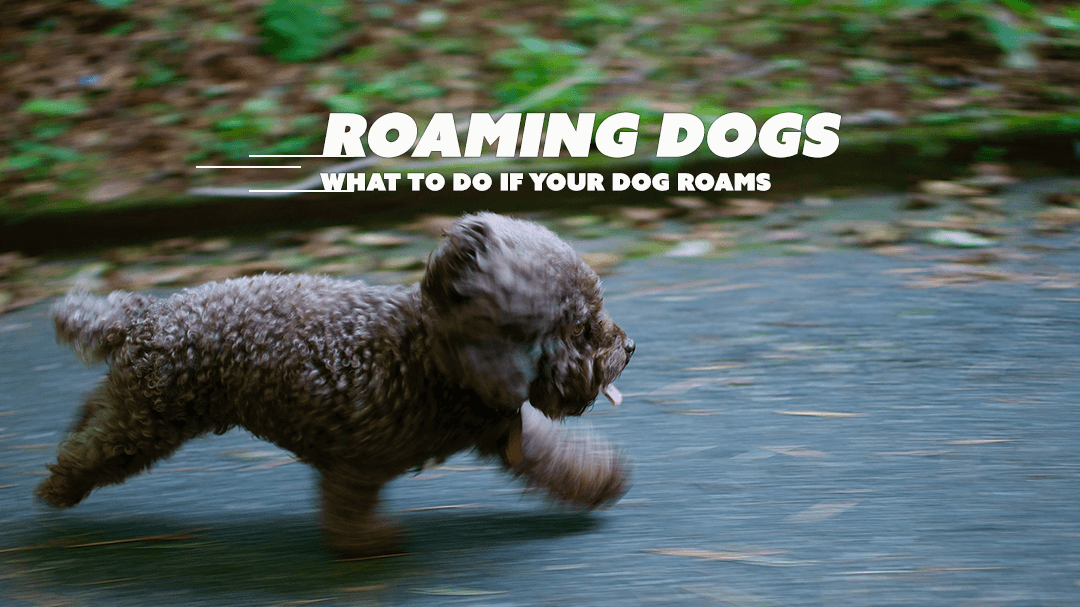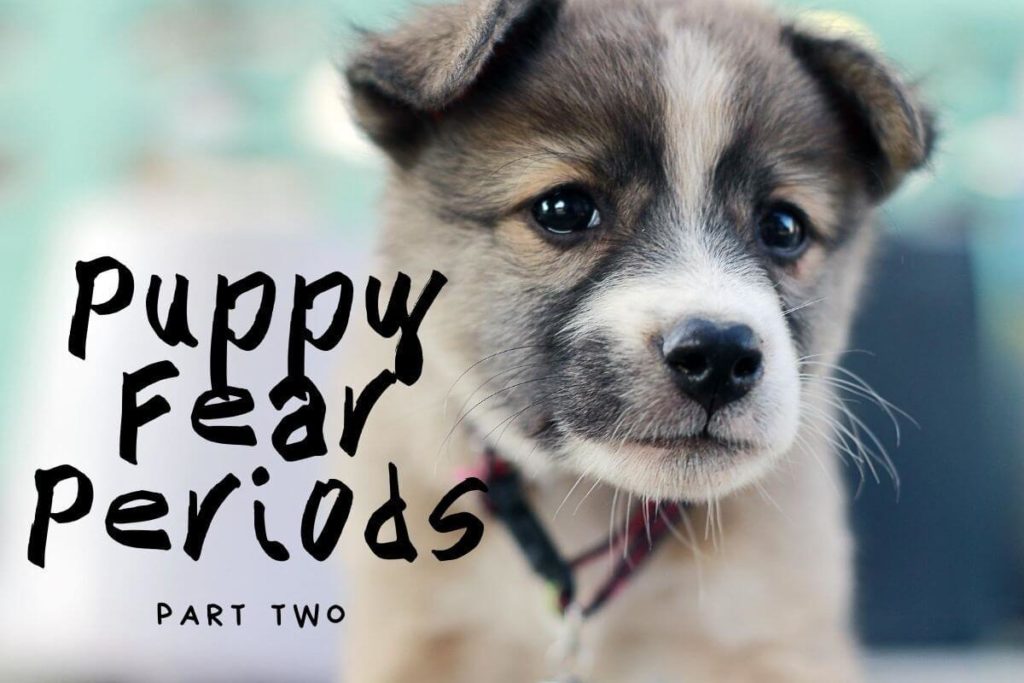Helping Humans Understand Dogs
Helping Humans Understand Dogs
BLOG CATEGORIES
RELATED POSTS




The key to having a long, happy relationship with your dog is trust. He needs to know that regardless of what situation you find yourselves in, you will keep him safe. Every puppy is a unique individual and will deal with stressful situations in their own way. It’s your job as a responsible dog owner to understand and know your puppy’s coping mechanisms.
Whenever you observe what you believe to be a fear response in your puppy, you should remain as calm as possible. Offer reassurance in the way of a few calming words, perhaps something like a brief explanation of what the ‘scary thing’ is. Avoid overly demonstrative displays of affection and picking your puppy up to protect him. If there is no threat to his safety, just offer some calming words and continue as normal. If you are calm and unaffected then your puppy will be reassured by your confident demeanour and feel reassured that it’s no big deal. Hopefully, this allows him to work through the situation, observing and assessing the stress and continuing unphased and confident knowing within himself there is no real cause for alarm.
Has your puppy developed a habit in the way he responds to a particular object or situation? Perhaps he starts barking at a garden ornament in the yard at the same time every day because of the way the light is refracting off it. Then it’s time to teach an alternative behaviour. Play a sniffing game with him by tossing a few treats on the ground in the opposite direction. Sniffing and exploring smells is a great way to de-stress a puppy in the middle of a fearful attack. Other great sniffing enrichment games can be played with an egg carton with a few treats inside the cups or with a snuffle mat.
It’s important not to overwhelm your puppy by making him ‘confront his fear’ remember for him this is a really scary thing. Introduce him to the ‘scary thing’ in a lesser amount or at a distance, so that he has time to deal with his stress in a less confronting way. You don’t want to inadvertently grow your puppy’s fear.
When you are with your puppy have your detective’s hat on, learn to read and assess his body language so you can better understand the non-verbal communication your puppy is trying to explain. It can be helpful to also make a note of this in his developmental record diary. Imagine how frustrated your puppy is when he is seeing and experiencing the ‘scary thing’ in all its glory but his favourite human doesn’t seem to understand! Don’t punish your puppy for growling or barking as he is trying to communicate something to you that he thinks there is a threat. We need our dogs to trust that we will keep them safe and it all starts here at the puppy stage.
It can be extremely frustrating as a human when you feel that your dog is barking at absolutely nothing. If you are struggling to understand what on earth the problem is, get down to your puppy’s level and observe things from his point of view. You may be surprised as the source of the issue will sometimes be right there in front of you.
Subscribe to our newsletter for all our latest news.
Subscribe to our newsletter now and stay-up-to-date with the latest news
Subscribe to our newsletter now and stay-up-to-date with the latest news
Copyright © Animal Talent | All rights reserved | Powered by Yakk